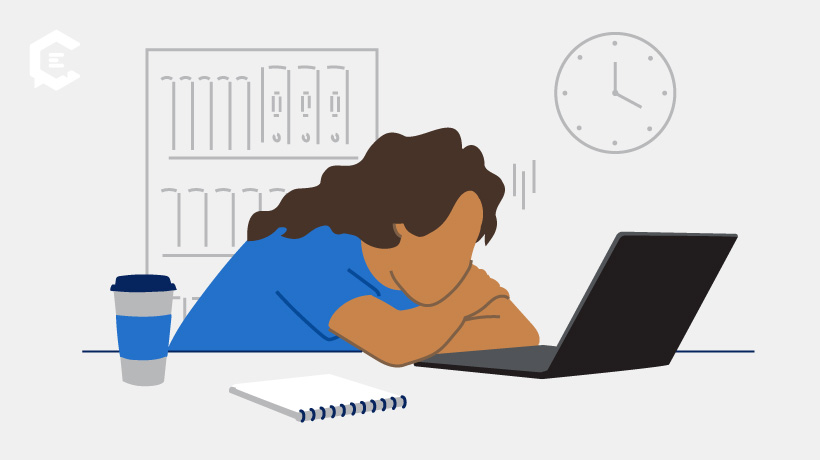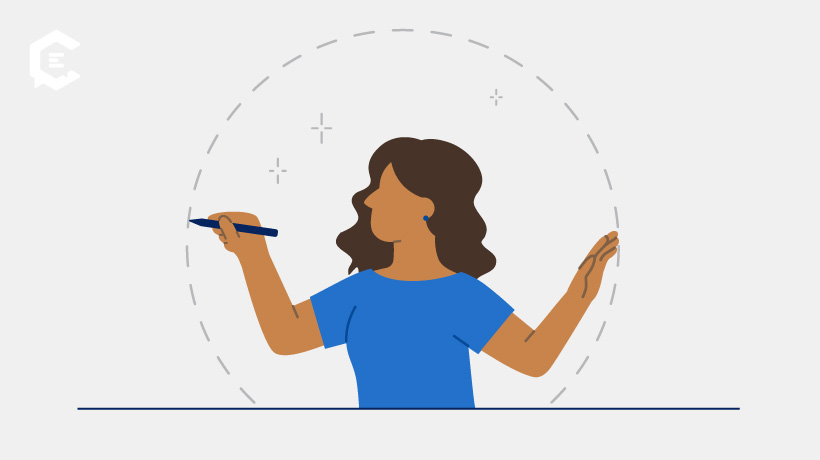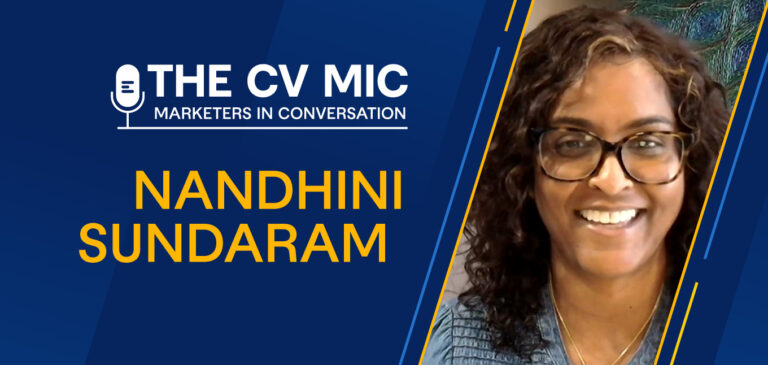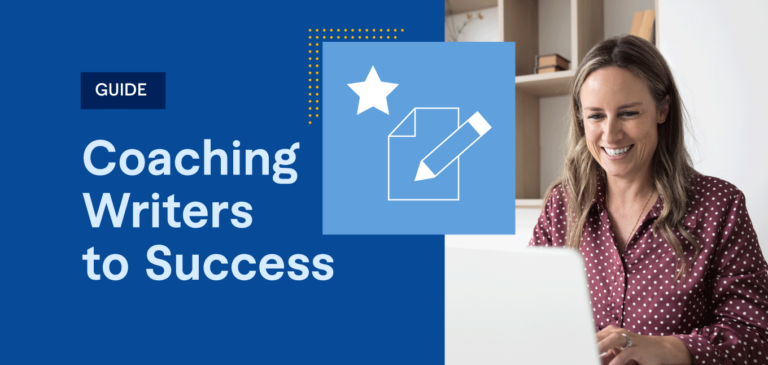Burnout in marketing is rarely about a single deadline or project — it’s the slow build of pressure, expectations, and constant demands over time. And for many professionals, it’s hard to see until you’re already in the thick of it.
Few people understand this better than Nandhini Sundaram, founder of Nandhini Coaching. Before she was a leadership and life coach, she spent two decades in the advertising industry, leading strategy for major brands. She thrived on creative problem-solving and collaboration, but over the years, the nonstop pace and lack of boundaries took their toll.
After hitting burnout repeatedly — sometimes without realizing that’s what it was — she knew something had to change. Today, she works with marketing and advertising professionals to help them identify burnout early, reset their priorities, and create careers that are ambitious but sustainable.
Understanding What Burnout Actually Looks Like
Burnout is more than feeling “tired” or “over it.” Nandhini frames it as the far end of a stress spectrum. On one side are everyday stressors — short-lived and manageable with rest. In the middle lies chronic stress, where demands are constant and recovery time is minimal. At the far end is burnout, where the pressure has built so long that your body and mind begin to shut down.
In marketing roles, burnout often shows up in ways people don’t initially connect to stress: recurring headaches or back pain, disrupted sleep, brain fog, difficulty focusing, or heightened irritability. In more extreme cases, it can manifest as emotional breakdowns or stress-triggered conditions like eczema.
The danger is that many professionals write these symptoms off as “normal” parts of a busy season or demanding job. Without intervention, the accumulation compounds, making each burnout episode more severe than the last.
Why Marketers Are Especially at Risk
The marketing world is fast-paced by design — tight deadlines, multiple stakeholders, shifting priorities, and ever-changing tools. Many professionals are drawn to the industry for its creativity and problem-solving, but those same qualities can make them more susceptible to burnout.
Marketers often operate as the “go-to” person on a team, the fixer, the multitasker, the one who keeps plates spinning. That reliability can become part of their identity, which makes it harder to say no or step back. Over time, constantly being available and taking on more work than is sustainable becomes a silent contributor to exhaustion.
For Nandhini, one of the first lessons she teaches clients is to clarify who and what truly deserves their help. It’s not about doing less for the sake of it; It’s about doing the most important work well, and letting go of the rest.
The Power of a Priority Reset
One of the most impactful ways to prevent burnout is to reevaluate your priorities every time your role or workload changes. Promotions, team expansions, new initiatives, or adopting new tools (like AI) often add hidden responsibilities. Too many people absorb these changes without adjusting expectations, both for themselves and from others.
A true priority reset involves:
- Reassessing workload: Identifying which responsibilities remain essential and which can be delegated, delayed, or dropped.
- Communicating changes: Making sure your team, manager, and stakeholders understand where your focus will be and where it won’t. Communication is key.
- Creating checkpoints: Building in time to revisit and adjust priorities before overwhelm creeps back in.
Resetting priorities isn’t about slowing down ambition. It’s about protecting the energy that allows you to sustain high performance without sacrificing your health.
Boundaries as a Form of Self-Preservation
Boundaries are often misunderstood as rules for others, but Nandhini reframes them as commitments to yourself. They’re the limits you decide to uphold so you can operate at your best — whether that means taking 10-minute breaks every two hours, blocking lunch in your calendar, or scheduling personal commitments right after work to force a hard stop.
Boundaries can be physical (closing the laptop at a set time), digital (turning off notifications after hours), or mental (letting go of perfectionism on non-critical tasks). And while setting them may feel uncomfortable at first, especially for people who are used to overdelivering, they become easier with practice.
Recovery That Goes Beyond Vacations
Rest is essential, but it’s not a cure for burnout. Nandhini emphasizes that vacations can’t carry the weight of recovery alone, especially if your day-to-day routine offers no breaks.
She encourages clients to build micro-recovery moments into every day:
- Avoiding multitasking to give your brain space to focus.
- Limiting how often you check email, Slack, or texts.
- Scheduling short walks, breathing exercises, or quiet moments away from screens.
These daily resets keep your mental and physical energy from hitting empty long before your next week off.
Why She Chose to Coach
For Nandhini, the decision to step away from advertising wasn’t easy. She loved the strategy work and the people she collaborated with. But personal loss — a close friend’s passing — brought her perspective into sharp focus. She realized she didn’t want to spend her time on work that no longer energized her, especially at the cost of her health.
She also saw the toll stress was taking on others. Research shows that 80% of autoimmune disease cases occur in women, a statistic linked in part to chronic stress. In marketing and leadership roles, women often take on disproportionate emotional labor and responsibility, both at work and at home.
Now, her mission is to help others break that cycle… without requiring them to walk away from careers they love.
How to Work With Nandhini
Through one-on-one coaching, free workshops, and clarity calls, Nandhini helps professionals identify their burnout triggers, set sustainable boundaries, and realign their work with their personal priorities.
Her work blends practical strategies with more profound mindset shifts — so the changes stick, even in high-pressure environments. You can find her on LinkedIn or visit Nandhini Coaching to learn more.
And if you’re ready to explore how ClearVoice can support your content production efforts (perhaps helping to relieve potential burnout), connect with a content specialist today.
Other CV MIC Episodes to Catch
If you enjoyed this conversation, check out these other episodes of CV MIC (Marketers in Conversation):






